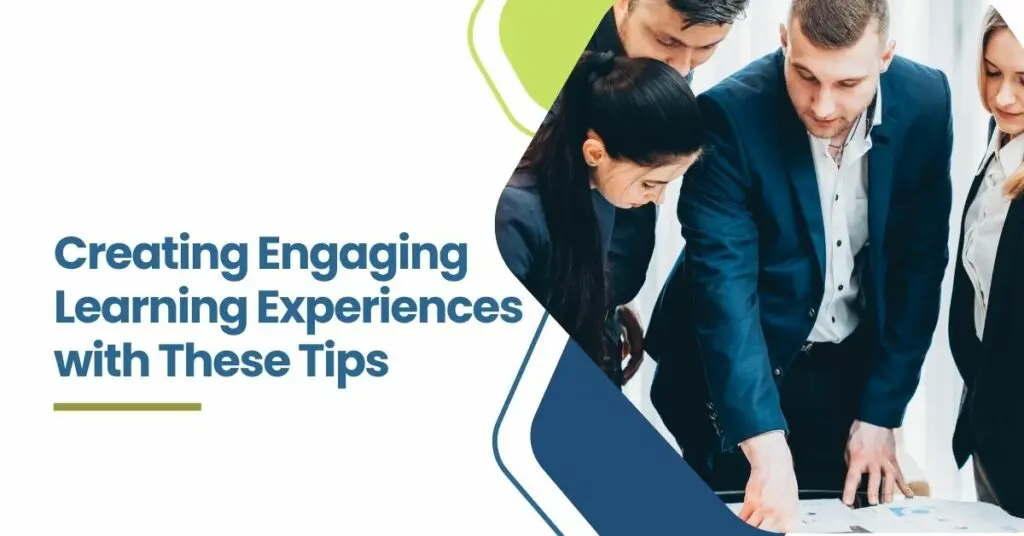Instructional design is the process of creating engaging learning experiences. It includes a variety of activities, such as analyzing learner needs, developing learning objectives, and designing instructional materials.
Instructional design is all about creating engaging and effective learning experiences. There are a variety of instructional design models and approaches that can be used to create these experiences, but each one has its own unique benefits
Instruction Design Models to Implement
ADDIE model
One popular model is the ADDIE model, which stands for Analysis, Design, Development, Implementation, and Evaluation. This model is a great starting point for creating instructional materials because it helps to ensure that all of the necessary components are included.
SAM model
Another popular model is the SAM model, which stands for the Successive Approximation Model. This model focuses on gradually increasing the level of detail and complexity in the materials as the learner progresses. This can be a very effective approach for ensuring that learners are able to fully understand and retain the information.
Ultimately, the best instructional design model is the one that works best for your specific needs. There is no “one size fits all” solution, so it’s important to experiment with different approaches until you find the one that works best for you and your learners.
Read Also: How to Implement Instructional Design Strategy?
Create Actual Learning Experience with these Popular Methods
Once you have selected an instructional design model, the next step is to start creating the actual learning experiences. There are a variety of ways to do this, but some of the most popular methods include using simulations, case studies, and role-playing activities.
Simulations
Simulations are a great way to provide learners with a realistic view of what they will be doing in the real world. These can be used to teach a variety of skills, from how to use software to how to handle customer service inquiries.
Case studies
Case studies are another popular method for creating engaging learning experiences. These can illustrate real-world situations and help learners understand how to apply the concepts they’ve learned.
Role-playing
Role-playing activities are also a great way to create engaging learning experiences. These can be used to teach teamwork and communication skills, as well as conflict resolution.
Ultimately, the best way to use instructional design to create engaging learning experiences is to experiment with different approaches and find the ones that work best for you and your learners. There is no “one size fits all” solution, so it’s important to tailor the instructional materials and activities to the needs of your specific learners. By doing this, you can ensure that they get the most out of the learning experience and are able to apply the concepts they’ve learned in their everyday lives.
Creating Engaging Learning Experiences with These Tips

When it comes to creating engaging learning experiences, instructional design is key. By using proven design principles, you can ensure that your learners are actively engaged in the learning process and that they walk away with new knowledge and skills.
Here are a few tips on how to use instructional design to create engaging learning experiences:
Analyze learner needs.
The first step in creating engaging learning experiences is to analyze learner needs. What are the learners’ goals? What do they need to know or be able to do in order to achieve those goals? Once you have a good understanding of the learners’ needs, you can begin to develop learning objectives.
Make it interactive.
One of the best ways to engage learners is to make the learning experience interactive. This can be done in a variety of ways, such as using games, simulations, and other hands-on activities.
Use real-world examples.
Another great way to engage learners is to use real-world examples. This helps learners to see how the concepts they are learning can be applied in the real world.
Make it relevant.
Learners are more likely to be engaged if they see how the content is relevant to their lives. When designing your course, make sure to include content that is relevant to your learner’s needs and interests.
Use different instructional methods.
Don’t just rely on one instructional method, such as lectures. Mix things up and use various methods, such as case studies, role-playing, and group work.
Keep it engaging.
Make sure to keep your content engaging. This can be done by using multimedia, such as videos, infographics, and images. You can also use storytelling to capture your learner’s attention and make the learning experience more enjoyable.
Evaluate the results.
After the instruction has been delivered, it is important to evaluate the results. Did the learners achieve the learning objectives? If not, why not? What can be done to improve the instructional design plan?
Conclusion
By following these tips, you can use instructional design to create engaging learning experiences that will help your learners retain information and develop new skills. Instructional design is a process that can be used to create engaging learning experiences. By starting with the end in mind and making your materials interactive, multimedia, relevant, and concise, you can create a learning experience that will help you reach your goals.
QSS Technosoft Inc. offers a wide range of instructional design services that can help you create engaging learning experiences for you. Our team of instructional designers has experience creating materials for a variety of different platforms and audiences, so we can help you create a learning experience that’s tailored to your needs.
If you’re interested in learning more about our instructional design services, contact us today. We’ll be happy to answer any questions you have and help you get started on creating a more engaging learning experience for your students.
We are proud to mention that our work has been recognized by leading B2B reviews and research platforms like GoodFirms, Clutch, MirrorView, and many more.
Contact us today to schedule a consultation.


How to Use Instructional Design to Create Engaging Learning Experiences?